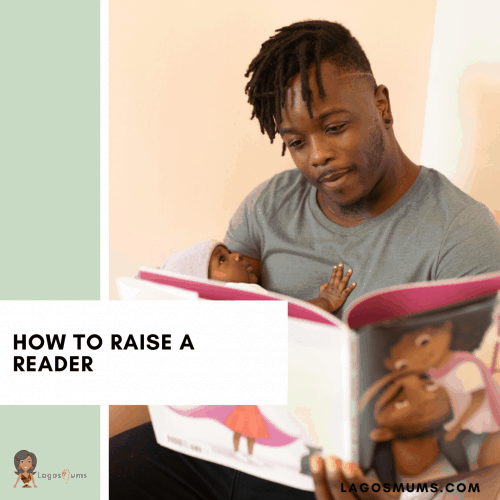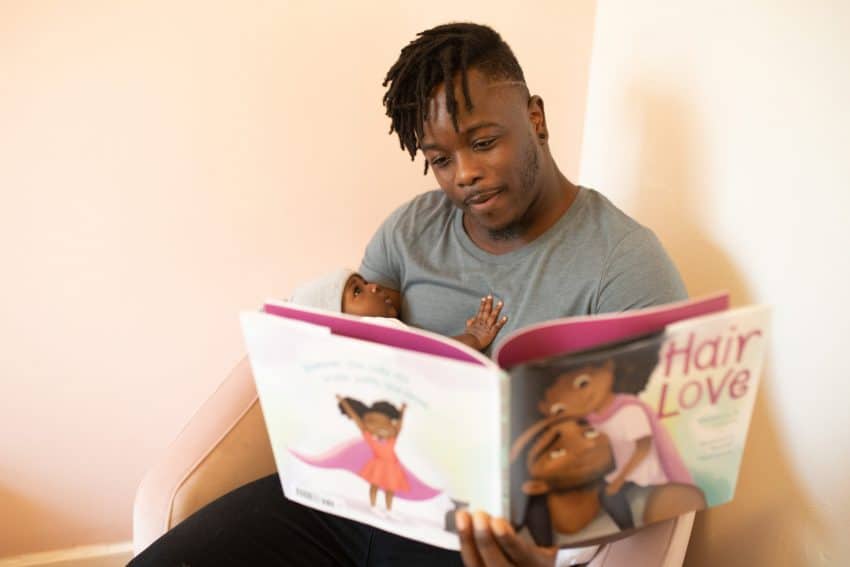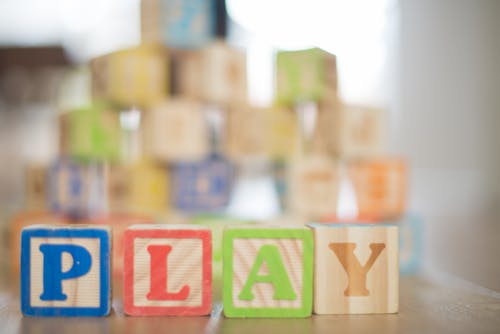You want to raise a reader but the big question is how can you do it? While we expect them to learn how to read in school. Many teachers get asked how to raise a reader, a child who loves reading. Many parents expect children to learn how to read in school. The truth is that when it comes to how to raise a reader, the work starts from home in the early years.

[Tweet “Many children learn to read as the result of simple pre-literacy activities that started from home and or at school in the early years.”]
The amount of time adults read with preschoolers and young children do predict their reading skills in school.”One of the most important predictors of how well a child will learn to read is the size and quality of his spoken language and vocabulary.
Children are more likely to be exposed to new words and their meanings or pick up grammar rules from reading aloud with adults. In addition, when an adult is reading with a child he or she is more likely to explain or expand on the meanings of words and concepts, thereby adding to their knowledge.
When you and other adults around your kids encourage them to talk, ask questions, and use dramatic play, it increases their vocabulary, allows them to hear and practice building sentences, and gives them more knowledge to understand spoken and written language. Simply reading, talking, and listening to a young child in a warm and positive environment at every opportunity are among the most important things you can do.
Three Skills that form the foundation for Reading
As a basic foundation for learning to read and write, children need strong speaking and listening skills. There are three skill areas that form the foundation for reading. The children who develop strong skills in these areas have greater success in learning to read. These areas are Print Knowledge, Literacy Awareness, and Language Understanding.
Print knowledge is simply the understanding that print (letters, words, symbols, and printed media such as books and signs) carries a message. This encompasses learning that people read text and the correct way to read a book or page (right side up, left to right, top to bottom).
Literacy awareness encompasses a child’s first efforts to use print in a meaningful way. This includes recognizing letters and groupings of letters. For example, this includes the child recognizing his or her name or the name of a store. Following this, the child then attempts to write letters and words such as his or her name.
Language understanding is just that-understanding how language works. This includes being able to sound out individual letters in a word or counting the words in a spoken sentence. Children develop these skills by having many early experiences with language, books, and print. They can have these experiences as part of everyday life, through play, conversation, and a wide range of activities.
Young children use play and talk as a way to expand, explore, and make sense of their world. When children talk about daily tasks and special events, tell stories, sing songs, and scribble, they are laying the groundwork for reading and writing.
Children need more time at home and in their early childhood programs devoted to helping them develop the skills that lead to reading. Interactions such as sharing a picture book, telling a story, and talking about experiences are central to emergent literacy.
What Parents Can Do to Raise a Reader
As parents, there are many different strategies you can use to motivate your child to read. You can use books to get through to your child. For example, if your child reaches a new stage in his growth or is dealing with new experiences or unfamiliar situations, reading to your child can help. Reading a story relevant to his new experience can relieve his anxiety and help him cope. For example, if your child is feeling anxious or fearful about the first day in school, or about moving to a new country, reading a book that shows that these do not have to be painful experiences can help. In addition, this way your child learns early that reading is fun and not a chore.
According to teachers and experts, reading aloud to children is one of the single most important activities for building the knowledge required for success in reading. All parents should find time to read aloud with your child every day. There are several resources for parents who want to encourage a love for reading in all ages, the adolescent literacy resource helps parents with older children.
[Tweet “Most parents are aware of the importance of reading to their child, but it is so important that it cannot be emphasized enough.”]
Engagement is needed to Raise a Reader
Studies focusing on parents of successful readers found that they do more than simply read to their children. They also engage in specific strategies which engage and maximize the reading experience. These strategies are actually fairly simple and include talking about the book with your child before reading it; reading aloud using an enthusiastic voice, and encouraging your child to ask questions about the book. Parents can also encourage their child to “read” the story back to them (especially if it is a favourite that has been read many times to the child) and/or share fun variations of the story.
However, while this is significant, this is not the only way your child learns. Try to make books available for your child to explore and enjoy on their own as well as with you. It is important to remember that literacy is much broader than simply reading.
Children Learn Through Play
Allowing a child to draw or colour and playing word games and singing songs are also a part of literacy. Sometimes literacy development does not actually involve print. There are many ways of learning to read and write. Some of these ways may look suspiciously like play which makes them all the more effective. Children learn through play.
Play provides opportunities for exploration, experimentation, and manipulation that are essential for knowledge. [Tweet “During play, children examine and refine their learning. It is through play that children develop their imaginations and creativity.”]
Make-believe among peers also plays an important role in emergent literacy. Pretending is, in fact, an ideal area in which children can develop literacy-related language skills. In pretend play, children use language to create imaginary worlds; and the manner in which language is used when pretending has much in common with reading.
The Importance of Block Play in Raising a Reader
Block play, too, can serve as a foundation for literacy. While reading and writing and playing with blocks seem miles apart at first glance, block play offers the literacy-related benefits of helping children understand symbolization, refine visual discrimination, develop fine-motor coordination, and practise oral language. [Recommended Blocks for your Child]
So remember, your goal is not to teach your child to read so much as it is to help them become literate. Immerse your child in literacy by talking, reading, singing, pretending, and playing and you will have done a great deal to prepare your child to become a reader.
Other Posts You Might Enjoy
Early Years Education and the Importance of Play
How to be a Digital Savvy Parent in 2020



